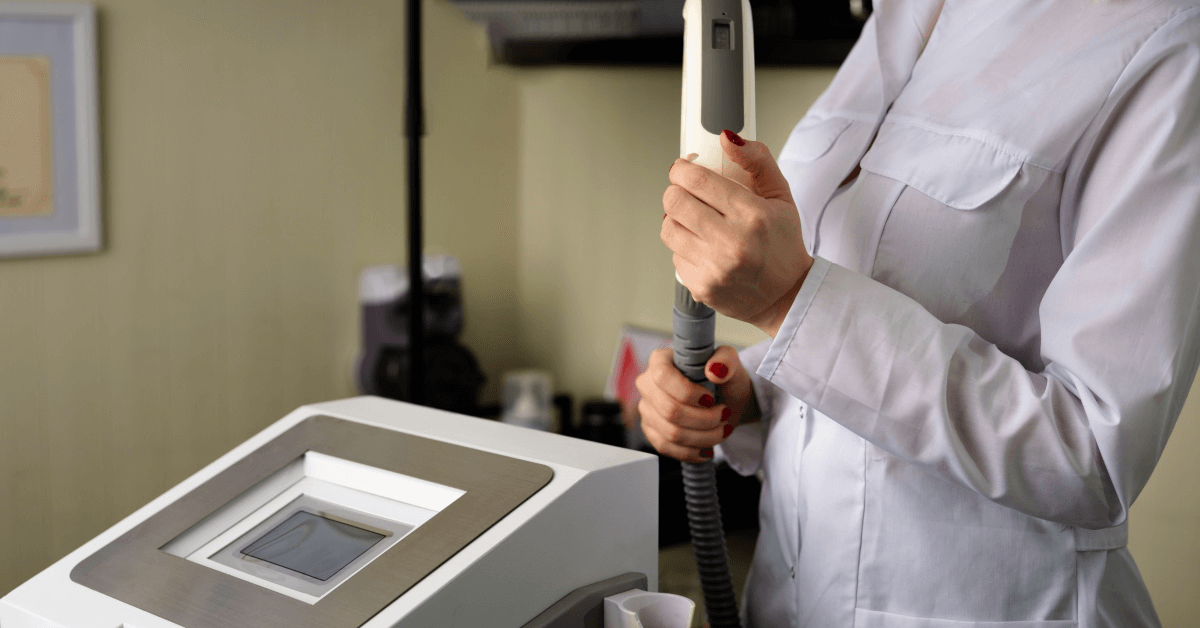It’s challenging to manage pain during a tattoo removal procedure. The process involves the projection of heated laser rays on the skin; this breaks the tattoo down, but it can be uncomfortable and even painful.
While it’s impossible to get rid of the pain completely, certain methods can help numb the pain. Here are some of our best tips to help relieve laser tattoo removal pain.
Does laser tattoo removal hurt?
Laser tattoo removal does indeed hurt. The constant radiation breaking down the skin tends to be painful. Comparing it with the pain of getting your tattoo, we can say that the latter hurts way more.
While laser tattoo removal is generally described as bearable, you may still want to mitigate the discomfort as you heal.
How can you lessen the pain of laser tattoo removal?
Laser tattoo removal is painful, but the pain can be reduced using over-the-counter medicines. Besides medication, specific remedies like applying ice packs and numbing creams can bring the pain down. There are also certain techniques that experts use that can greatly reduce your pain.
Tips for Pain Management during Tattoo Removal Treatment
1.Ice Packs
This is one cost-efficient method widely used to ease different kinds of superficial pain. Since laser tattoo removal involves heat and radiation, ice cubes and packs come in handy.
Before beginning the process, take an ice pack and tap it gently on the area for 5-10 minutes. After some time, you will start feeling that the skin is getting numb. This will significantly improve your experience and will surely make it less uncomfortable.
You can also use ice cubes. Simply take a cube and wrap it in a clean cloth. Tap it on the area, and you’ll start feeling a cooling sensation. This should also be done after the process to treat inflammation, redness, and swelling if any.
2. Numbing creams
Numbing creams are a form of anesthesia administered to patients during procedures that can cause slight pain. They are for topical use and work by blocking the nerves that signal pain to the brain. The area gets numbed, and you don’t experience anything besides slight sensations.
They can be used both pre and post-procedure. However, there are some associated risks, so the following are some conditions in which they should not be used:
- If the skin is broken
- If the skin reacts after a patch test
- If the patient is lactating or pregnant
- If the skin is inflamed
3. Over-the-counter medicines
Over-the-counter pain medicines can help big time. Before the procedure, take any painkiller such as ibuprofen or acetaminophen. They calm the nerve endings and lessen the pain.
However, bear in mind that you might be allergic to these medicines or might have a pre-existing condition that can make it harmful to take them.
4. Lidocaine injections
Lidocaine is a very commonly used topical anesthesia. It comes in the form of ointments, and creams but can also be injected. If you have a large tattoo and expect a lot of pain, consult your doctor about lidocaine injection before the procedure.






